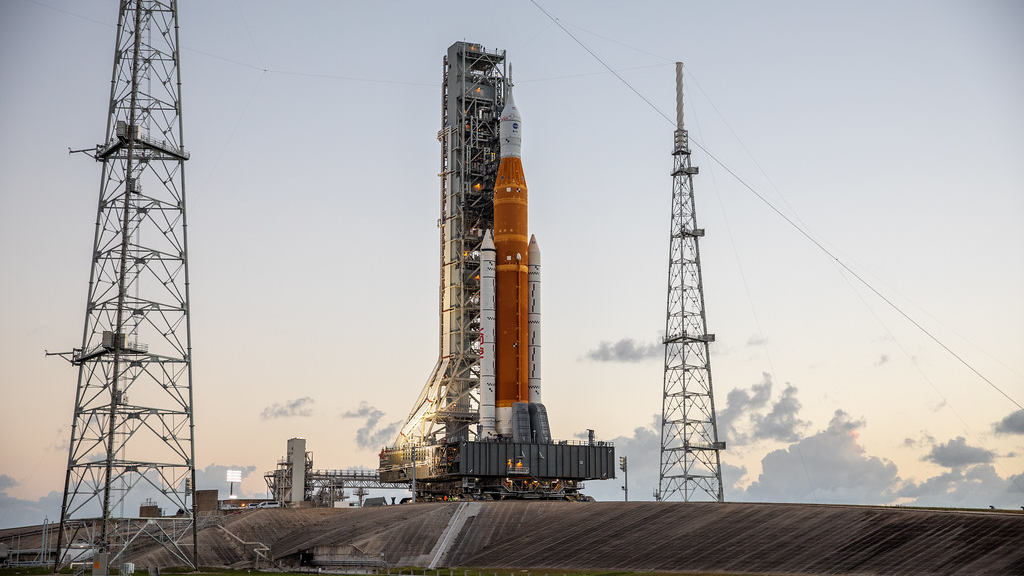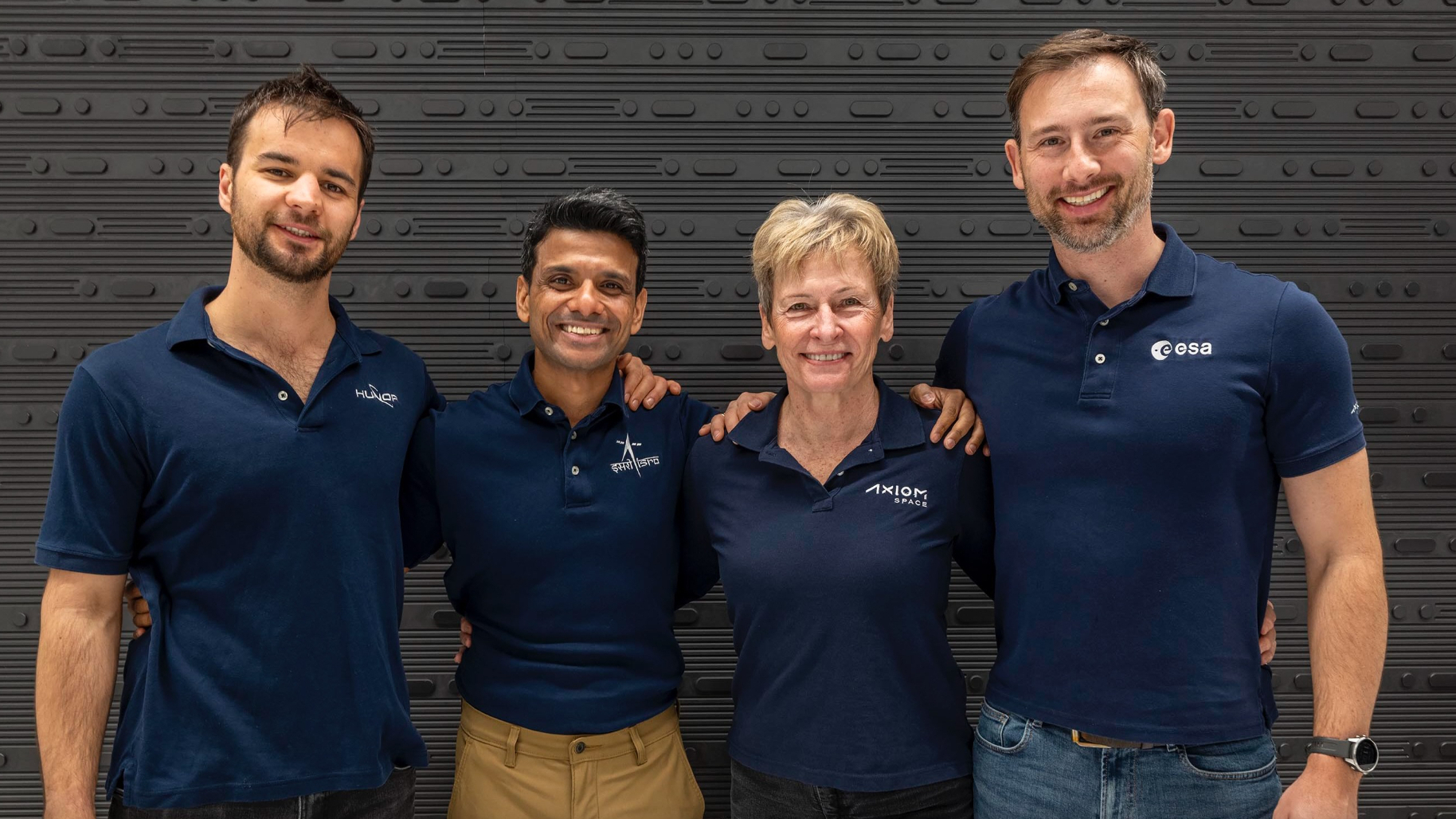
Mother Nature is being particularly unkind to NASA's highly anticipated Artemis 1 moon mission.
The agency had been planning to launch Artemis 1 from Florida's Kennedy Space Center (KSC) next Monday (Nov. 14). But Tropical Storm Nicole is bearing down on Florida's Atlantic Coast, so NASA has pushed the planned liftoff back two days, to Nov. 16.
"Adjusting the target launch date will allow the workforce to tend to the needs of their families and homes, and provide sufficient logistical time to get back into launch status following the storm," NASA officials said in an emailed statement on Tuesday evening (Nov. 8).
Related: NASA's Artemis 1 moon mission: Live updates
More: 10 wild facts about the Artemis 1 moon mission
Artemis 1, the first mission in NASA's Artemis program of moon exploration, will use a Space Launch System (SLS) rocket to launch an uncrewed Orion capsule to lunar orbit.
Artemis 1 was originally supposed to launch in late August, but glitches pushed the target date back by a month. And then Hurricane Ian boiled up in the Atlantic, forcing NASA to roll the Artemis 1 stack off KSC's Launch Pad 39B and back into the facility's huge Vehicle Assembly Building (VAB) in late September.
Artemis 1 stayed in the VAB for more than a month, as mission team members performed a variety of repair and maintenance work. The vehicle rolled back out to the pad on Nov. 4, and it will stay there through Nicole's landfall. The strengthening storm is expected to slam into Florida early Thursday as a Category 1 hurricane, according to CNN.
Breaking space news, the latest updates on rocket launches, skywatching events and more!
"The SLS rocket is designed to withstand 85 mph (74.4-knot) winds at the 60-foot level with structural margin," NASA officials wrote in Tuesday's update. "Current forecasts predict the greatest risks at the pad are high winds that are not expected to exceed the SLS design. The rocket is designed to withstand heavy rains at the launch pad, and the spacecraft hatches have been secured to prevent water intrusion."
KSC is currently in a Hurricane Condition (HURCON) III status, which means site staff are securing property and equipment and fielding a "ride-out team" that will remain at the center throughout the storm to ensure that all is well.
The Nov. 16 launch is scheduled to occur during a two-hour window that opens at 1:04 a.m. EST (0604 GMT). If Artemis 1 does get off the ground on that date, the mission will end with an ocean splashdown by Orion on Dec. 11.
If Artemis 1 cannot fly on Nov. 16, the next launch opportunity will come on Nov. 19, NASA officials said.
Mike Wall is the author of "Out There" (Grand Central Publishing, 2018; illustrated by Karl Tate), a book about the search for alien life. Follow him on Twitter @michaeldwall. Follow us on Twitter @Spacedotcom or on Facebook.
Join our Space Forums to keep talking space on the latest missions, night sky and more! And if you have a news tip, correction or comment, let us know at: community@space.com.

Michael Wall is a Senior Space Writer with Space.com and joined the team in 2010. He primarily covers exoplanets, spaceflight and military space, but has been known to dabble in the space art beat. His book about the search for alien life, "Out There," was published on Nov. 13, 2018. Before becoming a science writer, Michael worked as a herpetologist and wildlife biologist. He has a Ph.D. in evolutionary biology from the University of Sydney, Australia, a bachelor's degree from the University of Arizona, and a graduate certificate in science writing from the University of California, Santa Cruz. To find out what his latest project is, you can follow Michael on Twitter.
